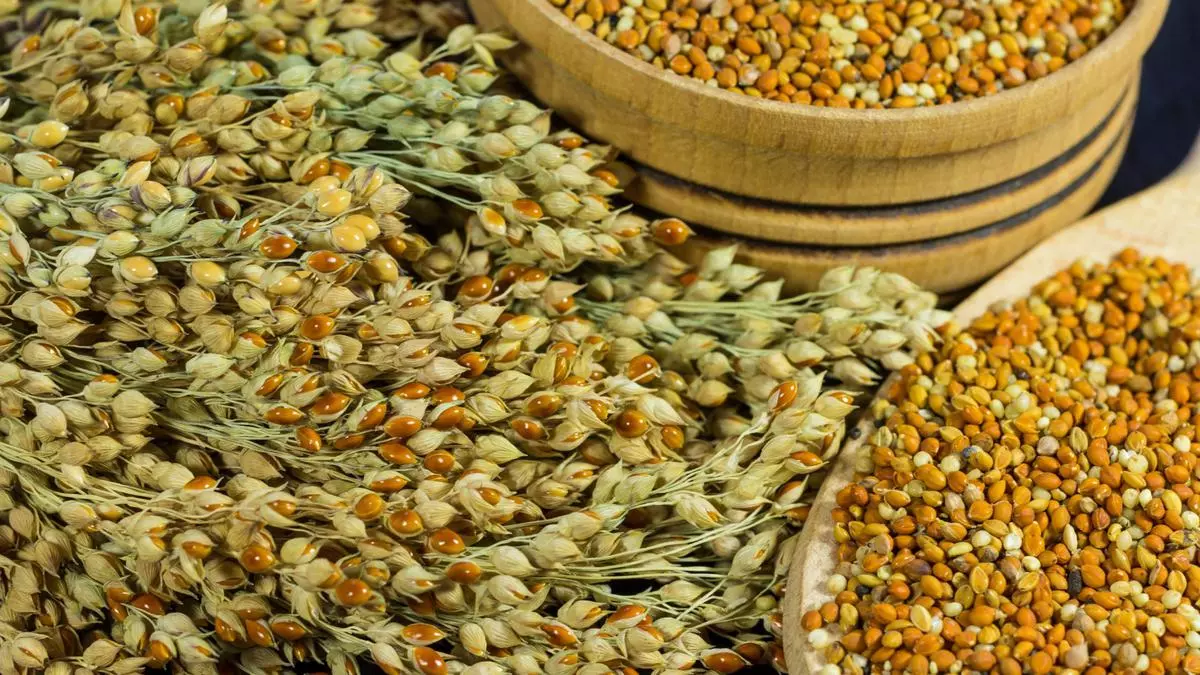Millet production stagnates in India: RBI annual report
India grapples with stagnation in both acreage and production of millets, according to Reserve Bank of India’s annual report for 2023-24. India accounts for almost 80 per cent of Asia’s and 20 per cent of global millet production.
The report attributed the stagnation in acreage and production to factors such as the incentives for the cultivation of fine cereals through MSP-backed (minimum support price) procurement schemes. Visible shift in consumer preferences towards fine cereals is another reason for stagnation.
The productivity of millets in India remains lower than those of major producers around the world. India’s productivity of millets was 1.4 tonnes per hectare. According to the report, China’s productivity was 3 tonnes/ha, followed by Ethiopia’s at 2.5 tonnes, and Russia’s 1.5 tonnes . This excluded jowar.
The plot-level comprehensive cost of cultivation survey (CCCS) data for 2021-22 showed a significant yield gap from the frontier farmers, implying considerable scope for improvement. Yield gap is defined as the difference between potential and actual yield.
Against this backdrop, results from a study using the 2021-22 CCCS dataset showed a significant dependence of the yield gap for bajra on the rainfall position.
Millets are typically grown under rain-fed conditions with no or minimal irrigation.
Although millets are considered drought-resistant crops, a minimal but assured irrigation would be critical in bridging the yield gap. The report noted that labour, fertiliser and machine usage are also negatively and significantly related to the yield gap. The adoption of hybrid seeds improves yields.
Higher expected net returns are also likely to encourage farmers to invest more in high-yielding inputs and thus reduce the yield gap, the report added.
